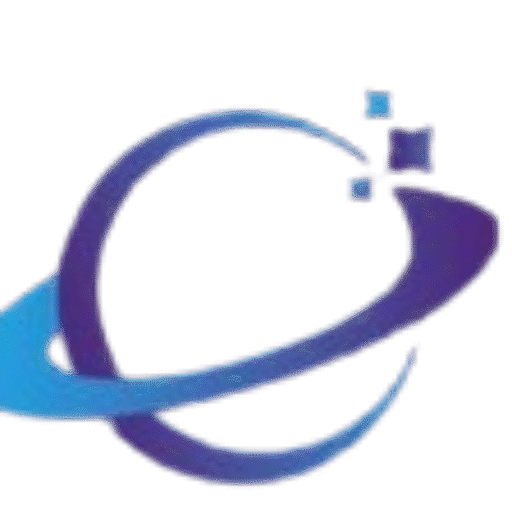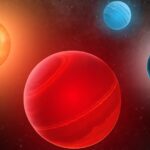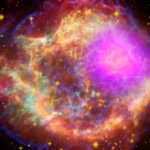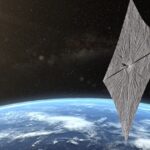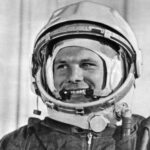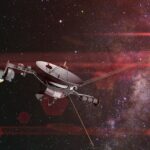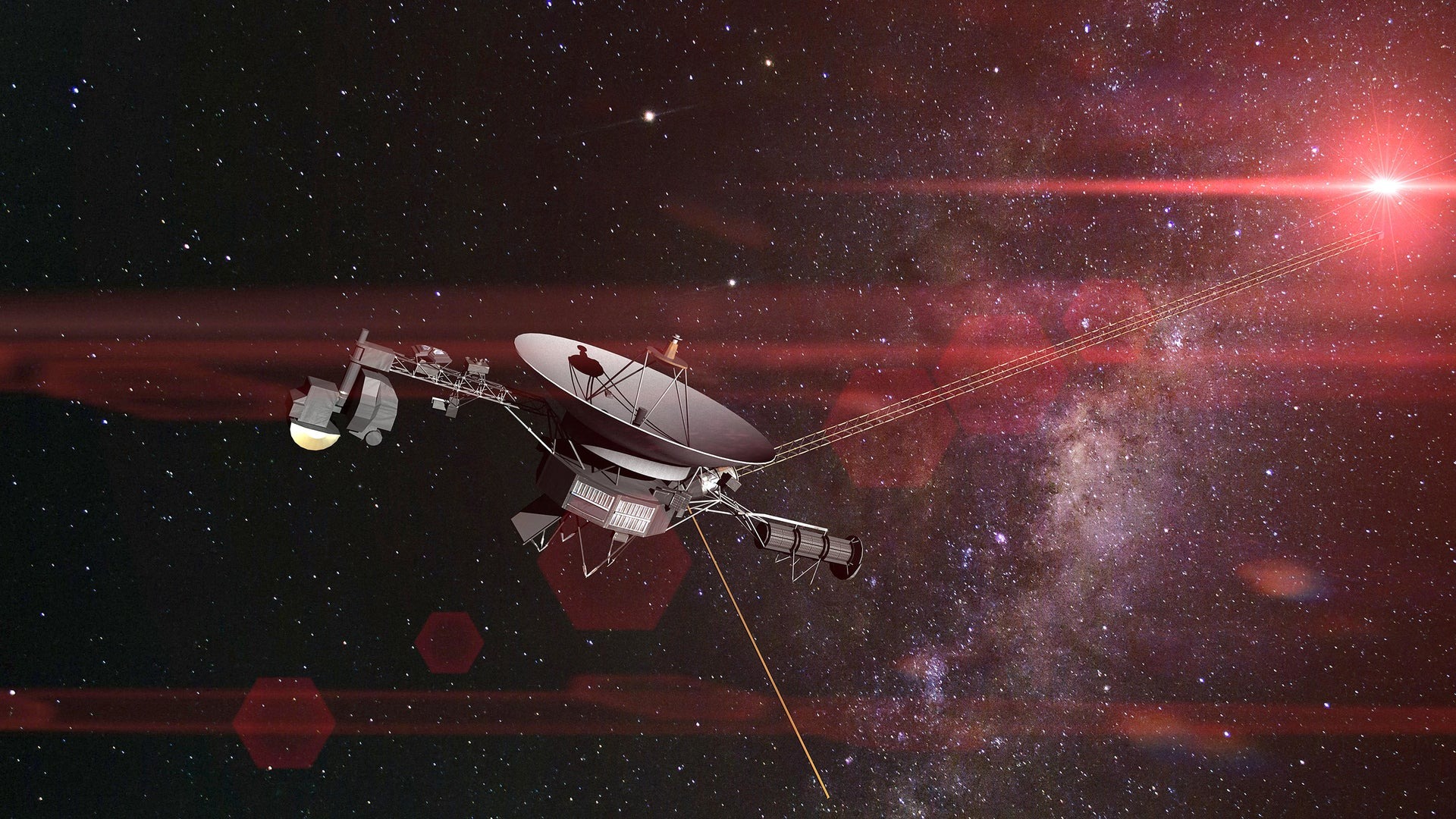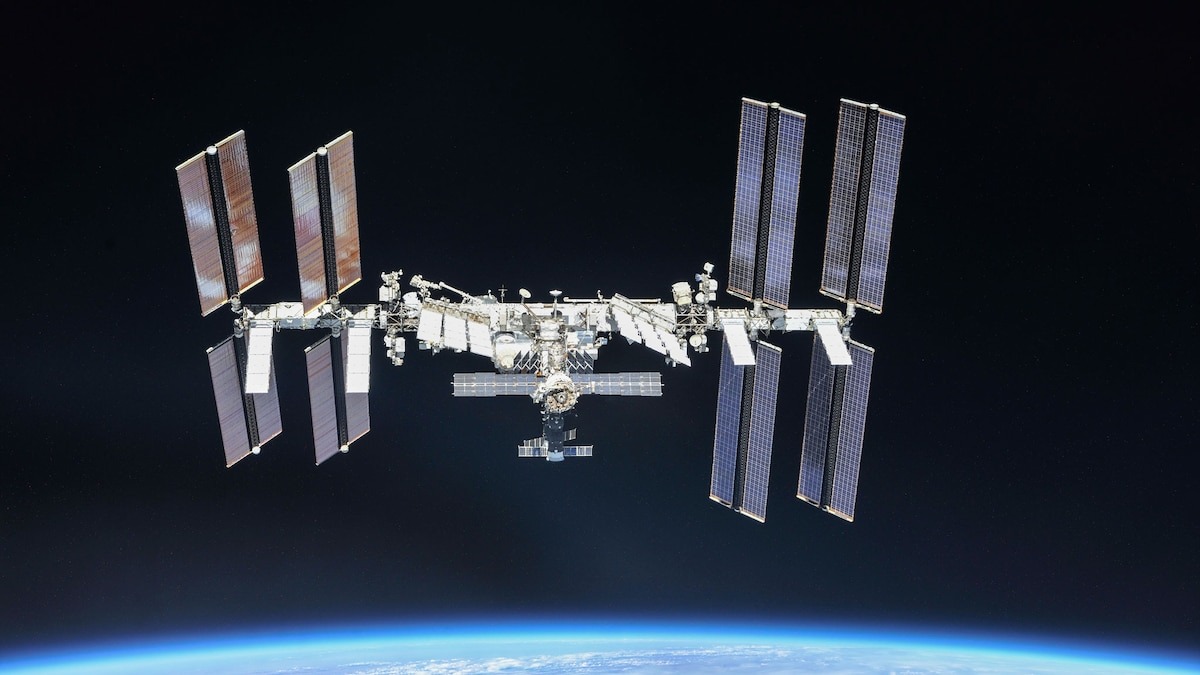Imagine writing a message, putting it in a bottle, and tossing it into the ocean. You might wonder if anyone will ever find it. Now, imagine doing that on a cosmic scale. That’s exactly what humanity did in the 1970s when we launched two robotic probes, Voyager 1 and Voyager 2, on a journey to the far reaches of our solar system and beyond.
These two small spacecraft are not just explorers; they are our first messengers to the space between stars, a new cosmic ocean that no human-made object had ever reached before. After a journey of more than four decades, they are still working, sending back a faint signal from a part of space that is totally new to us. In this article, we will take a deep dive into the incredible story of the Voyager missions, from their famous “Grand Tour” of the planets to their historic journey into interstellar space.
What Were the Voyager Missions? A Grand Tour of the Solar System
The Voyager missions were born from a once-in-a-lifetime opportunity. In the late 1970s, the giant planets of our solar system—Jupiter, Saturn, Uranus, and Neptune—were lined up in a very special way. This alignment happens only once every 175 years. It meant that a spacecraft could use the gravity of one planet to get a “gravity assist” to fly to the next.
A gravity assist is like a slingshot. A spacecraft can use a planet’s gravity to get a boost in speed and change its direction, saving a huge amount of time and fuel. This unique alignment of planets allowed NASA to plan a “Grand Tour” of the outer solar system, a mission that would have taken much longer otherwise. The plan was to launch two probes to fly past all four giant planets.
On August 20, 1977, Voyager 2 was launched, and on September 5, 1977, Voyager 1 followed. They were designed to last for about five years, but they went on to surprise everyone with their incredible endurance.
The Two Voyagers: Brothers in Space
The two Voyager probes were almost identical, but they took slightly different paths.
- Voyager 1 flew past Jupiter and Saturn. Its path was set to get a close look at Saturn’s largest moon, Titan, which has a thick atmosphere. This close-up look meant that Voyager 1 could not continue on to the other planets.
- Voyager 2 flew past Jupiter and Saturn as well, but it then took a different path that allowed it to continue on to Uranus and Neptune. This meant that Voyager 2 was the only spacecraft to ever get a close-up look at these two ice giants.
The First Discoveries: A Close Look at the Outer Planets
Before the Voyager missions, all we knew about the outer planets came from blurry pictures taken by telescopes on Earth. The Voyager probes changed that forever, sending back stunning, detailed images and a wealth of new information.
- Jupiter and its Moons: When Voyager 1 and 2 flew past Jupiter in 1979, they discovered a faint ring system around the planet. They also sent back incredible pictures of Jupiter’s moons. Most famously, they discovered active volcanoes on Jupiter’s moon Io, the first time volcanoes were ever found on another world besides Earth.
- Saturn’s Rings: When they reached Saturn in 1980 and 1981, they sent back beautiful pictures of its rings. The images showed that the rings were made of thousands of tiny ringlets, with twists and kinks that no one had ever seen before. Voyager 1 also gave us our first close-up look at Saturn’s moon Titan, revealing its thick, orange atmosphere.
- Voyager 2’s Grand Tour: After leaving Saturn, Voyager 2 went on to complete its Grand Tour. It flew past Uranus in 1986 and Neptune in 1989. Voyager 2 gave us our first and only close-up pictures of these mysterious ice giants, discovering new rings and moons at both planets. It showed us the “Great Dark Spot,” a huge storm on Neptune, and confirmed the strange, sideways rotation of Uranus.
Beyond the Planets: The Journey to Interstellar Space
After completing their main mission, the Voyager probes just kept going. They were on a path out of our solar system, and their new mission was to see what space was like beyond our Sun’s influence.
- The Heliosphere: The Sun is constantly sending out a stream of particles and a magnetic field called the solar wind. This solar wind creates a giant bubble of space around our solar system, called the heliosphere. Everything inside this bubble is under the influence of our Sun.
- Crossing the Boundary: Over the decades, both Voyager probes continued to travel outward. They eventually reached the edge of this bubble, where the solar wind gets weaker and bumps up against the stuff between stars.
- Interstellar Space: In 2012, Voyager 1 made history when it became the first human-made object to cross this boundary and enter interstellar space, the vast, cold emptiness between stars. Voyager 2 followed in 2018. They are now in a new cosmic ocean, sending back new information about the space between stars, a region no one had ever explored before.
The Golden Record: A Message for the Universe
One of the most famous and human parts of the Voyager mission is the Golden Record. Each of the probes carries a 12-inch gold-plated copper record. The idea was to create a message for any intelligent aliens who might find the probes in the far, distant future.
The record is like a time capsule from Earth. It contains:
- Sounds of Earth: It has recordings of a baby crying, the sounds of a train, and the waves of the ocean.
- Music: It has music from different cultures and different times, from Beethoven to Chuck Berry.
- Greetings: It has spoken greetings in 55 different languages.
- Pictures: It has 116 pictures of life on Earth, from pictures of people and animals to diagrams explaining our solar system.
The Golden Record is our “message in a bottle,” a snapshot of who we are as a species, sent out into the vast universe.
Are They Still Working? A Faint but Persistent Whisper
Both Voyager 1 and Voyager 2 are now over 15 billion miles away from Earth. They are still sending back a faint radio signal, but their power is running out. They are powered by a small nuclear battery that slowly loses power over time. NASA has been turning off some of their instruments to save power, but they hope to keep a few instruments running into the 2030s.
Even when their batteries finally die and they can no longer send back a signal, their journey is not over. The probes will continue to travel through the Milky Way galaxy, carrying their Golden Records for billions of years, long after our Sun has died. They will be a permanent testament to our first steps into the universe.
The Legacy of Voyager: Our Cosmic Message in a Bottle
The Voyager missions were a historic success that completely changed our understanding of the outer planets. But their greatest legacy is their journey into interstellar space. They are the first objects ever to leave our solar system and venture into the vast cosmic ocean.
The information they are sending back about interstellar space is helping us understand what it’s like in the space between stars. The Voyager probes are our first long-distance explorers and our first messengers to the stars. They are a powerful reminder of human curiosity and our desire to explore the unknown, a message in a bottle sent out to a universe full of secrets.
